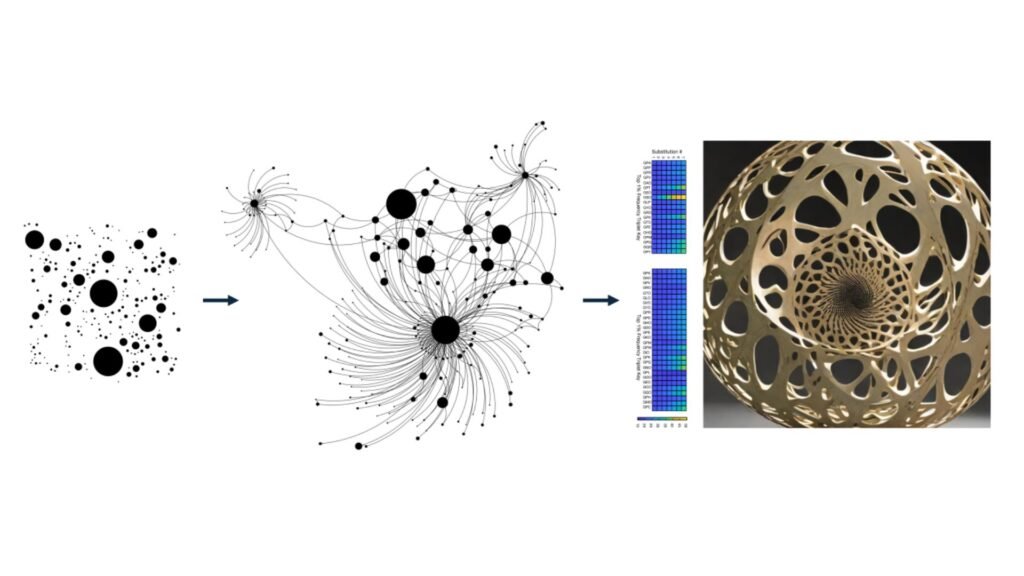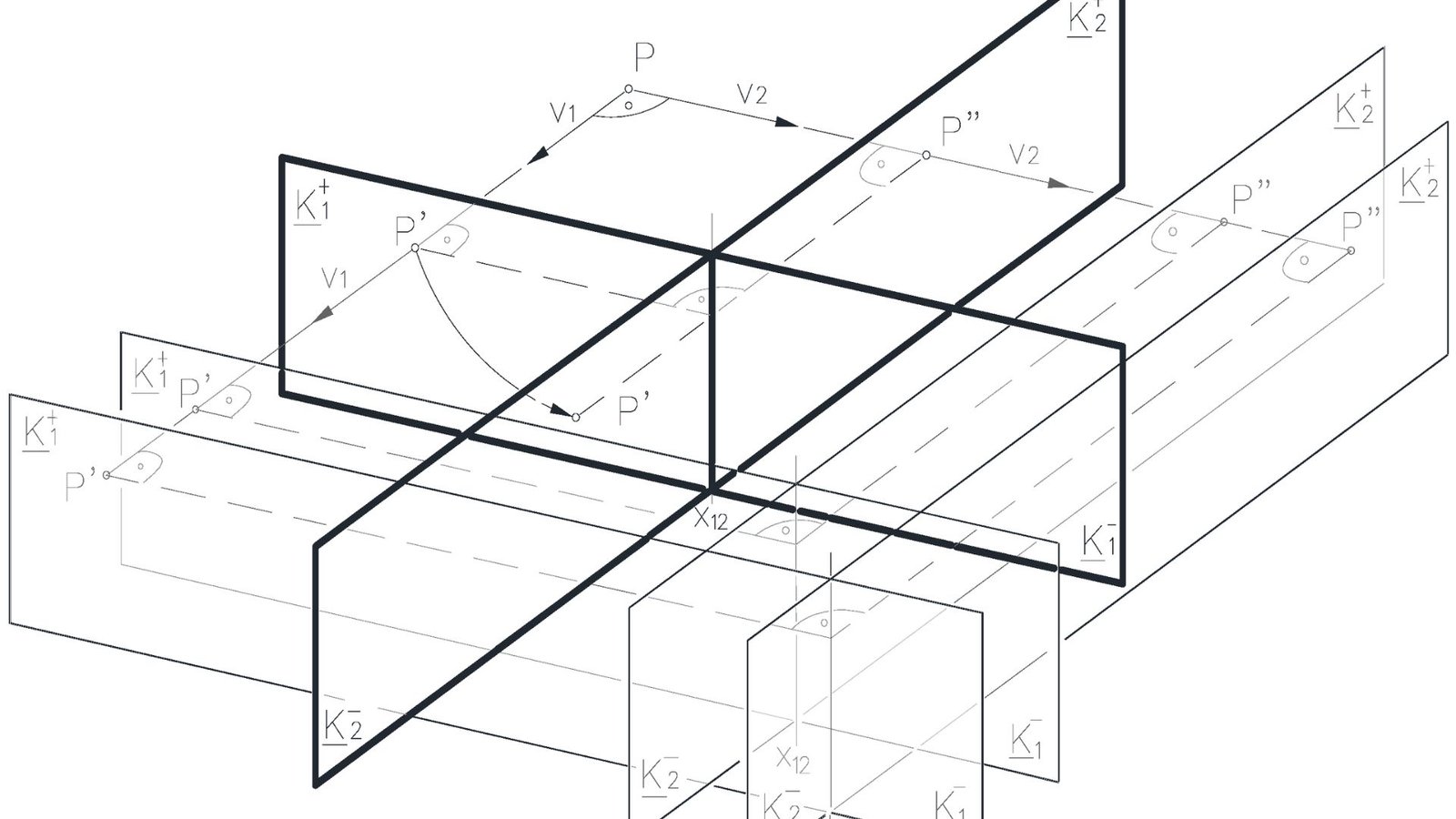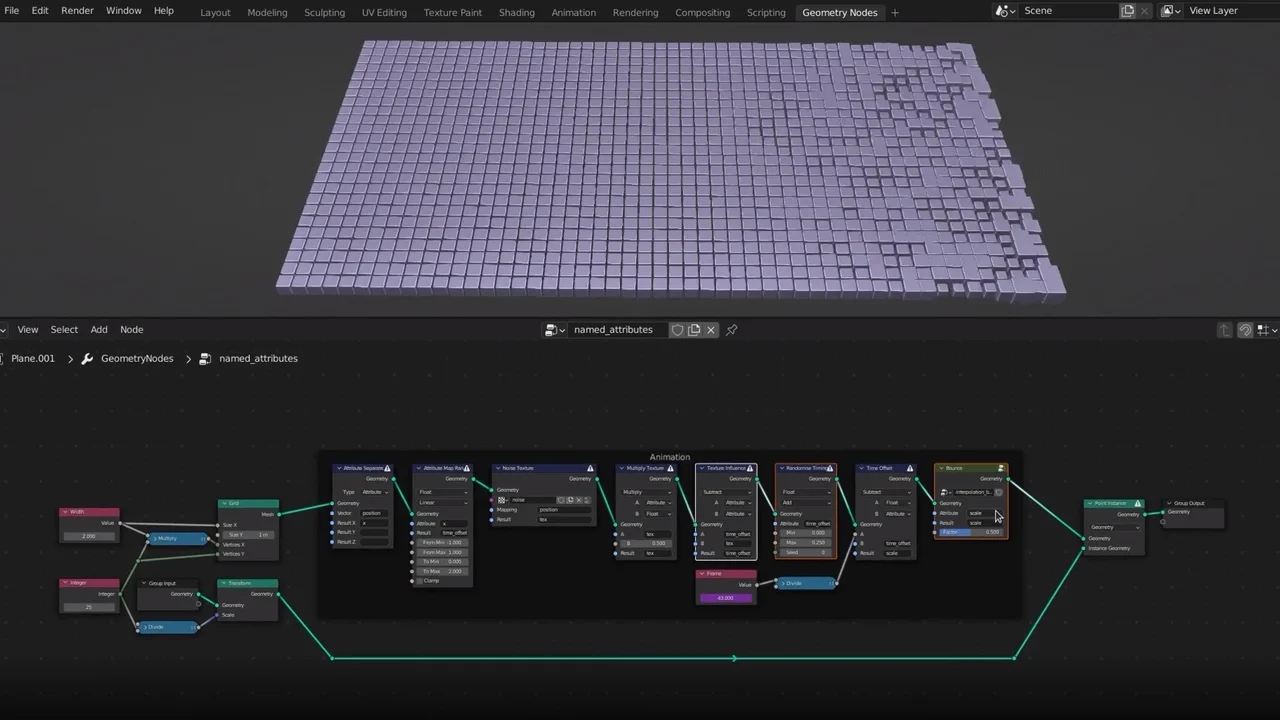Geometric informatics is a dynamic field that intersects geometry, computer science, and engineering. It focuses on leveraging geometric principles and computational methods to solve complex engineering problems. The field has become indispensable for engineers who need to handle spatial data, optimize designs, and solve intricate computational problems. In this article, we will explore the key techniques in geom

etric informatics that engineers should master for optimal performance in their respective fields.
Computational Geometry
Computational geometry is the backbone of geometric informatics, dealing with the study of algorithms for geometric problems. For engineers, computational geometry provides the foundation for designing algorithms that process and analyze spatial data efficiently. Some important techniques in this area include:
- Convex Hull Algorithms: Convex hull algorithms are fundamental for determining the smallest convex boundary that encompasses a set of points in a plane. Engineers use these algorithms in fields like robotics for path planning and in computer graphics for object rendering.
- Voronoi Diagrams and Delaunay Triangulations: These are widely used in mesh generation, proximity analysis, and optimization problems. They help engineers solve complex spatial problems such as optimal facility location or determining the nearest neighbors in large datasets.
- Point Location and Range Searching: Efficient point location techniques are crucial for real-time applications in navigation systems, robotics, and GIS (Geographic Information Systems).
Mesh Generation and Refinement
Mesh generation is an essential technique for engineers working in computational modeling, especially in finite element analysis (FEA) and computational fluid dynamics (CFD). Meshes divide complex geometries into simpler elements, making them easier to analyze. The techniques in mesh generation include:
- Triangular and Tetrahedral Mesh Generation: These meshes are commonly used for representing 2D and 3D objects, respectively. Engineers rely on algorithms such as Delaunay triangulation to ensure that meshes are both efficient and accurate, particularly in structural simulations and fluid flow analysis.
- Adaptive Mesh Refinement (AMR): AMR involves dynamically refining mesh resolution in regions of interest, enhancing computational efficiency while maintaining accuracy. This is especially useful in CFD simulations where high precision is required in areas with steep gradients (e.g., shock waves).
- Unstructured Meshes: These meshes are critical for handling complex geometries that are difficult to represent with regular grids. Engineers often use advanced algorithms to generate unstructured meshes, improving the flexibility and accuracy of simulations.
Geometric Optimization
Geometric optimization focuses on finding the best possible configuration of geometric objects based on given constraints. It is an essential tool for engineers in structural design, robotics, and architecture. Key techniques include:
- Shape Optimization: Engineers use shape optimization to modify the geometry of structures to minimize material use while maintaining performance. This technique is applied in aerodynamics, automotive engineering, and civil infrastructure projects.
- Multi-objective Optimization: In engineering, multi-objective optimization helps in balancing multiple conflicting objectives, such as minimizing cost while maximizing strength or efficiency. Techniques like Pareto optimization are frequently used to find the optimal trade-offs.
- Topology Optimization: This method is used to optimize the material distribution within a given design space. It is particularly useful in creating lightweight, high-performance structures, commonly seen in aerospace and automotive engineering.
Data Visualization and Spatial Analysis
In engineering, visualizing complex geometric data is crucial for decision-making. Data visualization techniques help engineers interpret large datasets and gain valuable insights. The following techniques are particularly useful:
- 3D Visualization: Engineers use 3D visualization to represent complex structures, from buildings to mechanical parts. By creating interactive 3D models, engineers can identify potential design flaws early in the development process.
- Geospatial Analysis: Geospatial analysis involves analyzing geographic data to solve problems related to location, distance, and spatial relationships. Techniques such as geographic information system (GIS) mapping are crucial in urban planning, transportation engineering, and environmental studies.
- Topological Data Analysis: This technique focuses on understanding the shape and structure of data through methods like persistent homology. It is used in fields such as material science and bioengineering to analyze the structure of complex datasets.
Effective data visualization and spatial analysis techniques help engineers communicate their findings, identify trends, and make data-driven decisions that lead to more innovative solutions.
Conclusion
In conclusion, geometric informatics offers a wide array of powerful techniques that are indispensable for engineers. Computational geometry, mesh generation, geometric optimization, data visualization, and CAD/simulation are just a few of the key methods that help engineers solve complex spatial problems, optimize designs, and improve decision-making. Mastering these techniques not only enhances engineering workflows but also leads to more innovative, efficient, and sustainable solutions in a variety of fields. As technology continues to advance, the role of geometric informatics in engineering will only become more critical, empowering engineers to tackle increasingly complex challenges with precision and efficiency.




